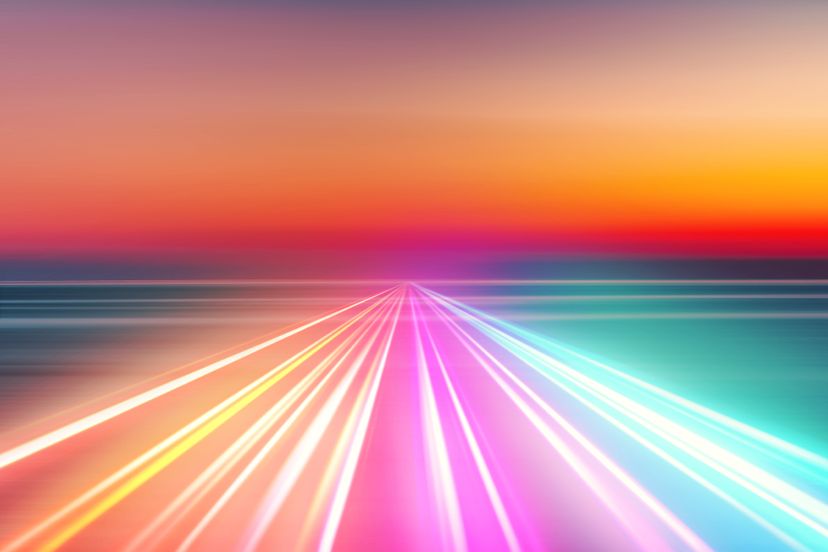Now, let's delve deeper into the rich tapestry of color meanings, exploring the unique characteristics and associations of each hue in the spectrum.
Red: The Color of Passion and Power
Radiating energy and intensity, red is a bold and commanding color that commands attention. Symbolizing passion, strength, and danger, red can evoke feelings of excitement, aggression, and even anger. In design and marketing, red is often used to convey a sense of urgency or to draw the eye towards important elements.
Orange: The Color of Enthusiasm and Creativity
Brimming with warmth and optimism, orange is a vibrant and energetic hue that inspires creativity and social interaction. Often associated with enthusiasm, joy, and youthfulness, orange can also be linked to a sense of caution or superficiality in certain contexts.
Yellow: The Color of Happiness and Intellect
Radiating sunshine and positivity, yellow is a cheerful and uplifting color that stimulates the logical and analytical parts of the brain. While often seen as a symbol of happiness and optimism, yellow can also be associated with cowardice, caution, and even sickness in some cultural contexts.
Green: The Color of Growth and Harmony
Evoking the lush verdure of nature, green is a calming and rejuvenating color that symbolizes new beginnings, abundance, and environmental consciousness. Positive associations with green include balance, stability, and prosperity, while negative connotations may include envy, greed, and inexperience.
Blue: The Color of Trust and Tranquility
Serene and soothing, blue is a color that instills a sense of calm and security. Representing loyalty, intelligence, and introspection, blue is often used to convey a sense of trustworthiness and professionalism. However, blue can also be linked to feelings of sadness and depression in certain contexts.
Purple: The Color of Creativity and Spirituality
Blending the energy of red and the stability of blue, purple is a color that evokes a sense of mystery, imagination, and spiritual awareness. Associated with royalty, luxury, and individuality, purple can also be seen as impractical or immature in some instances.
Pink: The Color of Compassion and Femininity
Soft and nurturing, pink is a color that symbolizes love, kindness, and intuition. Often linked to femininity and romance, pink can also be seen as playful, youthful, and even frivolous in certain contexts.
Brown: The Color of Reliability and Grounding
Earthy and dependable, brown is a color that conveys a sense of stability, comfort, and practicality. Evoking feelings of wholesomeness, security, and connection to the natural world, brown can also be perceived as dull or mundane in some situations.
Black: The Color of Power and Sophistication
Powerful and enigmatic, black is a color that exudes authority, elegance, and mystery. Often associated with formality, luxury, and the unknown, black can also be linked to feelings of mourning, darkness, and the occult in certain cultural contexts.
White: The Color of Purity and Simplicity
Representing a clean slate and a fresh start, white is a color that symbolizes purity, innocence, and cleanliness. While often seen as a symbol of goodness and virtue, white can also be associated with sterility, emptiness, and a lack of individuality in some cases.
